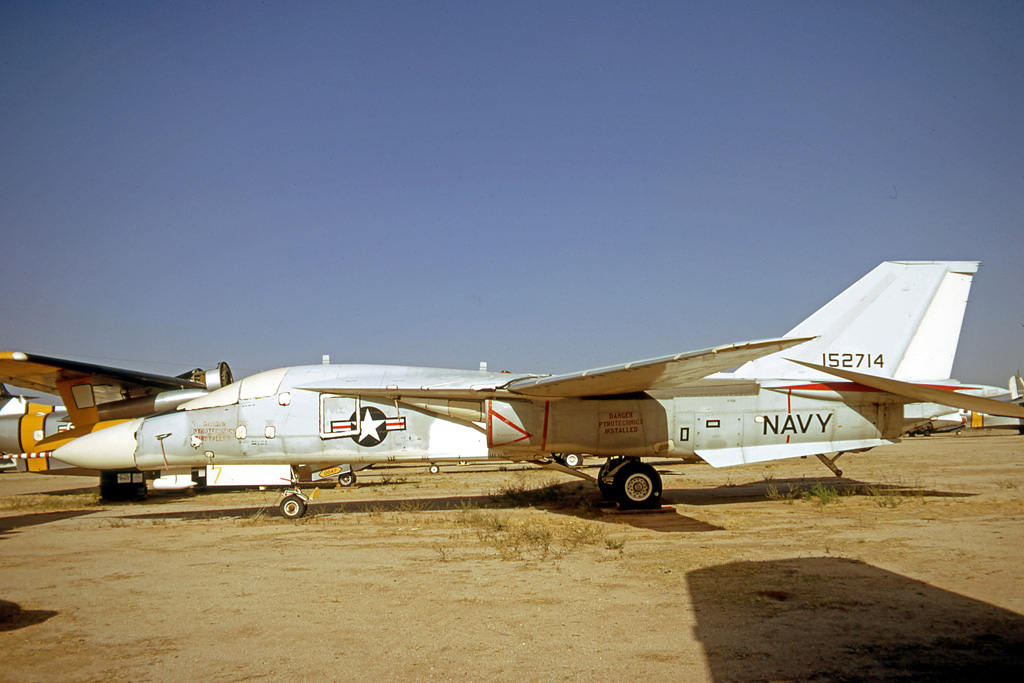
F-14s had variable swept wings that adjusted to changes in speed. This feature, however, was not without its risks. In one potentially catastrophic event, F-14 pilot Mark Vizcarra found himself in a dire situation when the wings of his aircraft became stuck in the swept-back position during a training exercise over Arkansas.

It was a scenario that Vizcarra had pondered during his time in flight school, but one that his instructors had dismissed as unlikely. Vizcarra described the situation. “The Tomcat had a natural tendency to buffet under high-G with the wings back, but it would always diminish as the wings adjusted to their optimum position. I knew something was wrong when the buffeting never subsided. I quickly took my eyes off the Eagles to check my wings and sure enough, they were still swept back.

“I immediately took manual control of the wings and maneuvered the wing lever into the proper position while staying in the fight and pulling the maximum Tomcat G.

I knew I was in trouble when I glanced back and noticed the wings hadn’t moved. I hastily called ‘Knock it Off’ to stop the engagement and recovered the Tomcat to level flight.”

The predicament forced Vizcarra and his radio intercept officer, Rick “Rico” Jordan, to devise a rapid plan to land the aircraft safely.

The situation was especially dangerous because the airplane had no flaps and could not use wing spoilers to slow down once it hit the runway. Vizcarra calculated he would approach at a much higher speed than usual, and the runway was only 8,000 feet long.

Despite the risks, Vizcarra’s meticulous training and previous simulation exercises paid off.

He successfully landed the F-14 on an 8,000-foot runway with the help of arresting gear, a feature similar to that found on carriers.

The Tomcat’s engine troubles were also a significant factor throughout its service life. The initial Pratt & Whitney TF30 engines, designed for the vastly different F-111B, were a constant source of trouble, leading to as many as 40 aircraft losses over the years. Secretary of the Navy John F. Lehman Jr. called the engine “probably the worst engine-airplane mismatch we have had in many years,” The TF30 engine is just a terrible engine and has accounted for 28.2 percent of all F14 crashes.”

Despite these challenges, the F-14 remained a beloved aircraft, achieving an almost legendary status through films like “Top Gun” and the tales of bravery from its pilots. It wasn’t until the introduction of the General Electric F110 engines that the Tomcat’s reliability significantly improved.
related images you might be interested.








